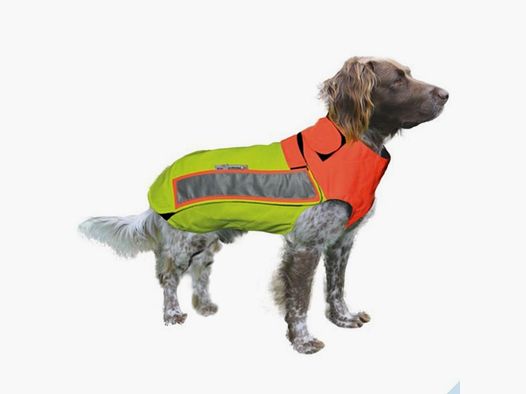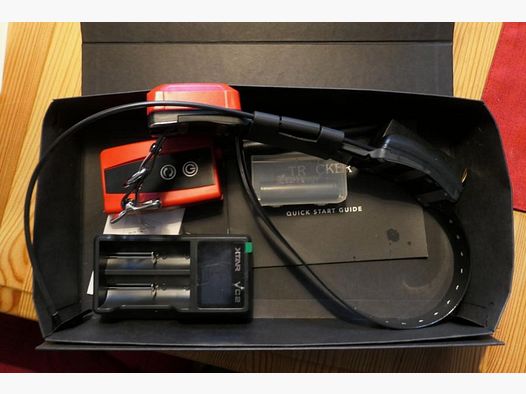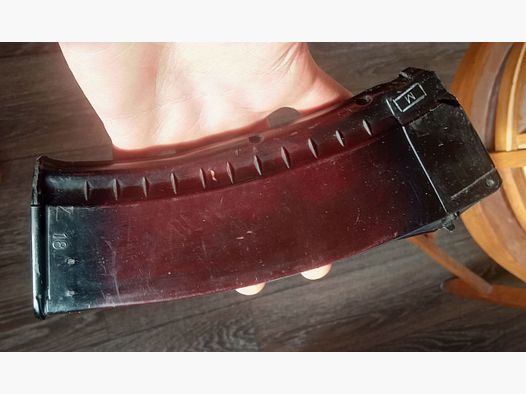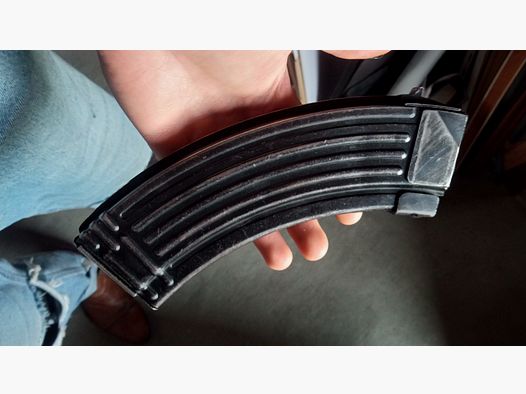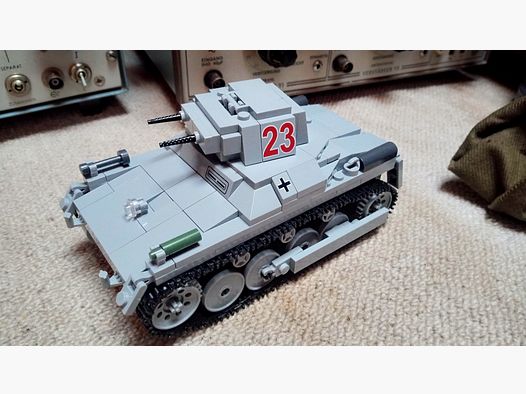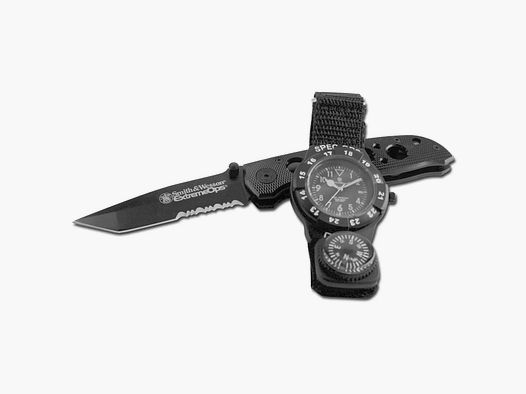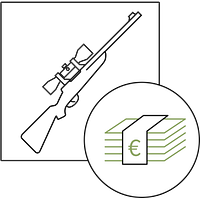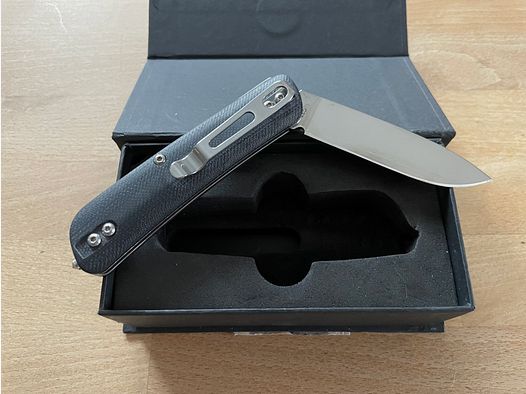Dogs like to live in packs, which provide them with protection and community. Everyone has a role, whether in raising puppies, searching for food, or defending. Through playing and grooming together, a close bond is formed. Dogs only leave the group briefly, and no dog is excluded. However, in the human world, they often have to stay alone, which contradicts their natural behavior. Separation anxiety can arise if they do not learn to be alone early on. In the wild, a lost dog would bark to call its pack back. But in our daily lives, this is not possible, and constant barking disturbs the neighborhood. Therefore, it is important for dogs to learn to stay alone for a few hours. Life circumstances change, and even if you think your dog never has to be alone, that can change. Start training shortly after your puppy has settled in. An adopted dog can also find being alone difficult and needs training. A new home can trigger separation anxiety, and the training can then be more complicated than with a puppy.
Leaving Alone in Puppy Training
Ideally, a dog is accustomed to being alone from a young age. A responsible breeder starts such activities from the sixth week of the puppies' lives. First, he takes all the puppies on adventures together, but gradually he also takes individual trips with just one puppy. This way, the puppy gets used to being without its siblings and mother from the start. From the ninth week, when the puppy moves into its new home, it should immediately learn to stay alone for short periods. An example would be when you go to the bathroom and close the door so the puppy cannot follow. After a few seconds, you return, teaching your puppy that there is no reason to be excited when you are not there. Next, you leave the apartment briefly while your puppy stays in a comfortable room where its sleeping place is. Remove anything your puppy could damage so you can leave the room without worry. Be as normal as possible when you return. You should neither scold your puppy if it has chewed on something nor overly praise it, as it is not aware that a "training session" has just taken place. Although it might associate your return with praise as something positive, this increases its expectations. It will wait increasingly tensely, as the great reward only comes with your return. So just enter the room and ignore your puppy. If your puppy stays alone in the house for a few minutes, you can gradually increase the time. At first, you need to increase the time in minutes; once the first half hour is reached, you can increase the time more quickly. If you follow this training, your puppy can learn to stay alone for about four hours after about four weeks.
Separation Anxiety or Loss of Control
What causes an adult dog's inability to stay alone? First, it must be determined whether it is separation anxiety or loss of control. Although the training methods for being alone are similar for both problems, different aspects must be considered and practiced in daily interactions. Dogs with separation anxiety are genuinely afraid of being left alone or abandoned. A trauma can be the cause, such as an early separation from the mother (as early as six weeks) or the loss of their previous home. It could also be that the dog simply never learned to be alone because its owners did not teach it or because it lived as a street dog, where such demands were never placed on it. Dogs with separation anxiety show intense signs of stress immediately after being left alone, such as heavy panting, excited pacing, scratching at the door (because they want to follow their person), as well as whining, whimpering, and especially howling, and less frequently barking. Whining indicates the dog's discomfort, while howling is an attempt to call back the group members. Some dogs suffer silently, becoming completely still. They lie motionless by the door until the person returns. After a brief joyful greeting, these dogs collapse exhausted into their bed. The biggest problem with these dogs is that their owners often do not realize how stressed their dog is and how poorly it feels when it has to be alone. They see their dog's solitude as unproblematic. No barking, no whining, nothing is destroyed - that's what one wishes for. But the dog suffers in silence and cannot communicate to the person how poorly it feels. If your dog collapses exhausted into its bed after a long time alone, that is always a warning sign. In daily life, dogs with separation anxiety also tend to stay close to their person, following them with a calming body posture when they change rooms, and generally do not stray far during walks. When the person returns, they are greeted in a calming manner, with the dog climbing up to them with ears back and tail down. Staying alone is difficult for these dogs everywhere, both in their own home and, for example, in the car. Who stays with the dog does not matter; it can be any family member, a good friend, or even a dog sitter you have hired. For the dog, it is only important that it is not alone. Dogs with loss of control, on the other hand, suffer from not being able to keep an eye on their person for a while. They feel responsible for their person and believe they must take care of them. Therefore, they often tolerate being alone for a short time, as they assume that the person can manage without the dog for a short while. Thus, vocalizations usually occur only after a certain period of separation, with the dog rarely howling but rather barking loudly and often for hours. Barking indicates the dog's frustration over the person's absence and being confined. Therefore, these dogs rarely scratch at doors but rather take objects belonging to the person, which they then chew on and destroy. In daily life, these dogs follow their person everywhere. For the dog, it is less about being with the person than about controlling them. They may block the person's path, limit their movement, like to sit on their feet, or lean against their legs. What is often perceived by the person as "needy" and cuddly is actually a form of control. When the person returns, the dog often jumps on them with full force. This is not a sign of joy, as is often assumed, but rather a reprimand of the owner for having gone out without the dog. This is also reflected in the dog's body posture, as it jumps towards the person with its tail held high. The presence of other people does not change the dog's behavior. As long as "its" person, for whom it feels responsible, is away, it is stressed and shows this clearly, even if another family member, acquaintance, or dog sitter stays with the dog.
Leaving Alone in Daily Life
Depending on whether your dog suffers from separation anxiety or loss of control, the training varies. Dogs with separation anxiety are often insecure and lack self-confidence. It is therefore important to strengthen this in daily life through targeted activities where your dog can act independently and reach goals through its own decisions. Mantrailing, tracking work, or searching for hidden objects are very suitable for this. Your dog should solve tasks independently that stimulate it to think and try things out. Puzzle games, where your dog has to find food by opening drawers, moving switches, or pulling out boxes, offer a variety of possibilities.
Loss of control is triggered in dogs that feel responsible for one or more group members from their perspective. These dogs are convinced that they must lead, protect, and control the group. Leaving such a dog alone leads to stress, as it cannot fulfill its role. Therefore, a change in the living structure should occur with the four-legged buddy. Only when it no longer feels responsible for you will it learn to be alone. To achieve this, you must show your dog that you take on the leadership role. This does not mean the traditional and often misunderstood "subordination" or "dominance." It is not about punishing your dog or being strict with it. Instead, you need to establish clear rules and structures in your coexistence and enforce them consistently. It is important not to give your dog the impression that it must take on territorial responsibilities.
If your dog constantly enjoys unrestricted freedom of movement, has its place right next to the front door, or is allowed to bark at passersby in the garden, it may feel responsible for the territorial safety of your home. It is also important to consider who makes the decisions. If your dog is to accept that you go outside alone, you must also make many decisions in the rest of daily life. However, if your dog takes the initiative for play, demands petting, or makes you open the patio door for it, then it is making the important decisions in daily life itself. Your dog must learn to orient itself to you and your decisions. Therefore, engage it in retrieve training, where you give it specific instructions. Only if it follows these will it reach the goal. For example, you could throw two or more objects and specifically send your dog to a particular object.
Additional Essential Training Tips:
• Ensure that your dog is sufficiently exercised before you leave the house (for example, through retrieve or sniffing games). Both physical and mental exertion are essential! A tired dog is more likely to lie down and relax when you leave it alone. However, you should always take a break after training before leaving your dog alone, as the transition from activity to rest would otherwise be too abrupt for it.
• Avoid an exaggerated farewell to your dog, as this would assign excessive importance to being alone. Your dog will notice that you are excited too and that something "extraordinary" is about to happen. This will hardly calm it down.
• Do not exaggerate the greeting of your dog upon your return. It is completely normal for a dog to greet returning group members after a separation, but you should behave calmly and quietly, similar to a mother dog with her puppies. After all, nothing special has happened, and there is no reason for an exuberant greeting. An excessive greeting could lead your dog to see your return as an extremely joyful event, making it increasingly anxious while waiting for your return, as something exciting will finally happen again.
• Never punish your dog if it has turned the house upside down, barked, or urinated in the house during your absence. It is not doing this to annoy you! It uses this behavior as a vent to cope with its stress, as it has not yet learned a suitable way to deal with such stressful situations. Use this rather as an opportunity to take a few steps back in training, as your dog was obviously not ready yet.
• Only leave your dog alone for as long as its current training level allows. You must always find a solution during the training period to take your dog with you or have someone else care for it. Even if it was "only once" longer than you achieved in training, this experience can completely set you and your dog back in training. Never scold if your dog has destroyed something in your absence.




